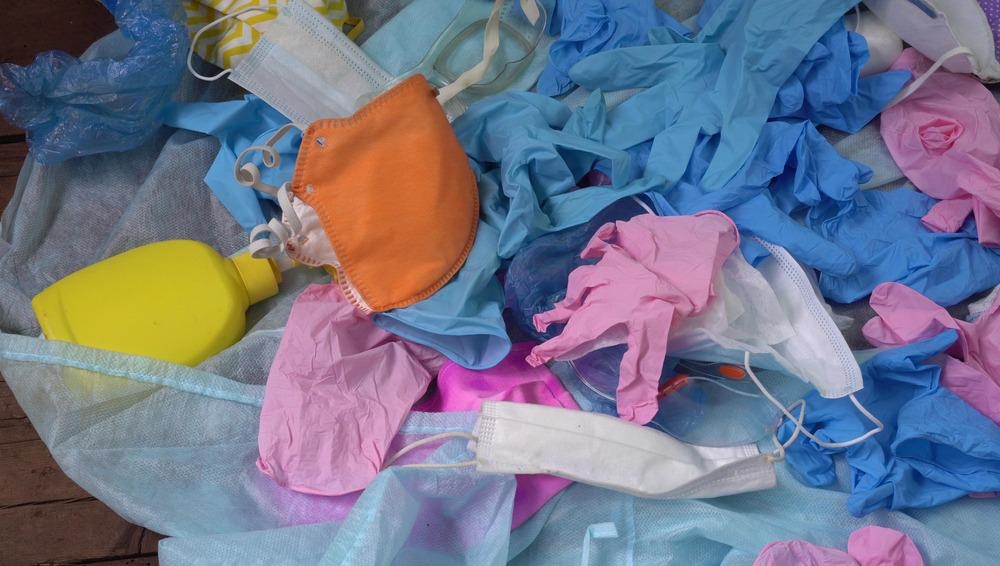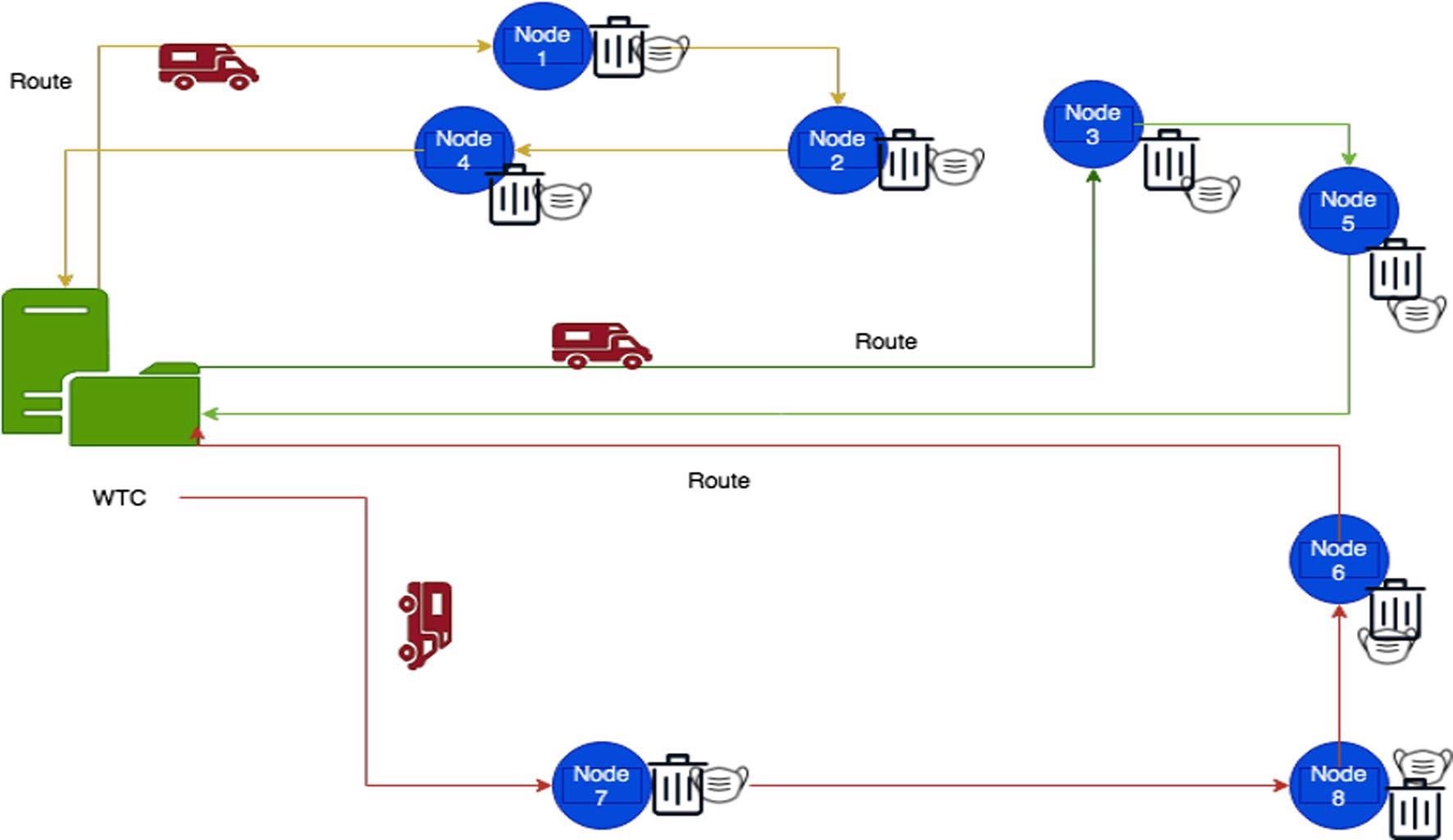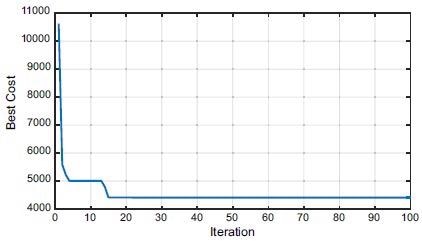COVID-19 has affected waste creation and composition, as well as disposal and waste management in the pollution process. The waste management sector, which includes trash generation, treatment, and disposal, as well as industrial difficulties, has also been impacted. Waste management of PPE used to protect against COVID-19 is studied in the International Journal of Environmental Science and Technology.

Study: Medical waste management during coronavirus disease 2019 pandemic at the city level. International Journal of Environmental Science and Technology. Image Credit: Fevziie/Shutterstock.com
PPE Management
Protective materials are split into two categories: protective materials (gowns, medical masks, gloves, and face shields) used by health care workers providing direct care and medical masks worn by those suffering from respiratory symptoms. People are particularly concerned about the rising lack and waste of personal protective equipment (PPE).
In epidemic outbreaks, all individuals should have access to medical equipment such as masks, gloves, and other instruments. Medical supply shortages can increase the death rate and result in significant human life losses.

A representation of the proposed problem. Image Credit: Polat, E., International Journal of Environmental Science and Technology.
As a result, effective PPE management is critical to containing the epidemic. To minimize all dangers, infectious personal protective equipment (IPPE) should be coordinated with measures related to collection, treatment, and burial. Hazardous medical trash, such as contaminated masks and gloves, should be isolated from household waste.
Eco-friendly ways to improve an efficient system can help to create a world that is sustainable. This study makes a contribution by demonstrating an effective risk management plan in an unpredictable environment, including placement and routing decisions in IPPE management.
The growing need for personal protective equipment (PPE) has been curtailed all over the world. As a result, IPPE management is required to address this issue. In this case, PPE waste management for a city supply chain problem is done while WTC placement and routing considerations are taken into account.
The proposed approach ensures both distribution and placement decisions, as well as waste generation (WG) prediction, by combining mathematical formulation and prediction methods. In addition, to determine the WG, a risk management method is designed to tackle operational and environmental risk elements.
The computational results based on real-world data show that an integrated waste management strategy to waste prevention might be successful and contribute to a healthier population and a more sustainable environment.

Routes developed by SA code. Image Credit: Polat, E., International Journal of Environmental Science and Technology.
Holt–Winters Model to Identify the Problem
To assign such situations, the Holt-Winters (HW) model and waste generation (WG) formulation are employed, which is the scientific innovation in the work. In order to give risk reaction methods for WG formation, the most relevant hazards on IPPE waste generation are examined. In the second stage, the findings are compared using both the mathematical modeling technique and the created heuristics.
This may be the first study to propose an integrated IPPE waste treatment center (WTC) location and pickup routing problem (PRP) that takes into account the forecast of unpredictable waste volume.
To investigate the effects of operational and environmental risks on WG composition for healthcare facilities and residential areas, operational risks such as low recyclability rate of PPE, high disposal costs, high maintenance costs, reduction of waste workers, and inability to control waste WTCs are defined.
To summarize the study, it discusses IPPE management in an unpredictable context. Uncertain parameters are allocated using the method that are optimistic, realistic, and pessimistic scenarios. These scenarios are likewise assigned using the HW model and the WG formulation.
Risk factors on IPPE WG are investigated for WG development. Integrating health and sustainability applications has received a lot of interest in recent years. For decision-makers to alter old systems, environmentally-based techniques are critical.
Waste management systems must be studied, assessed, and analyzed in order to address these concerns. Large amounts of data need the use of modern technology. Stochastic programming modeling for IPPE waste logistics is recommended for future research.
Incorporating the traffic loads of the obtained routes can also help to ensure a more realistic solution to the problem. The SA approach may not be suitable for cities with populations of more than 1 million people, according to this paper's restriction. The selection of waste treatment procedures, for example, is an issue where decision-making processes are a focus point.

Cost solutions (102 × US Dollars) of iterations.Image Credit: Polat, E., International Journal of Environmental Science and Technology.
These issues are more complicated since certain approaches, such as recovery, recycling, and reuse, are identical. As a result, decision-makers may be unable to discern the methodologies and hence acquire incorrect findings.
To find the best approach, they need to use an automated computational system. Managerial perspectives on computational findings in the medical industry are offering an essential issue in preventing IPPE waste, which is an optimal forecast of waste quantity.
As a result, actual data might help decision-makers establish waste levels. The development of large-scale networks necessitates integrated waste management programs. Trash collection decisions, as well as waste creation strategies, should all be managed.
References
Polat, E. (2021). Medical waste management during coronavirus disease 2019 pandemic at the city level. International Journal of Environmental Science and Technology. Published: 26 October 2021. https://rd.springer.com/article/10.1007/s13762-021-03748-7#Sec15
Disclaimer: The views expressed here are those of the author expressed in their private capacity and do not necessarily represent the views of AZoM.com Limited T/A AZoNetwork the owner and operator of this website. This disclaimer forms part of the Terms and conditions of use of this website.